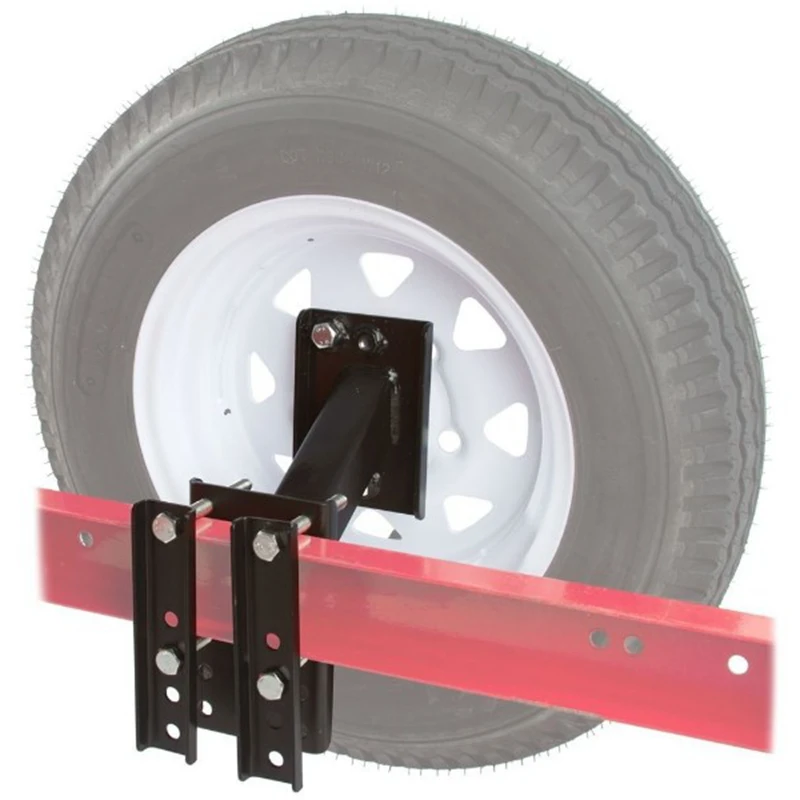Understanding how to protect spare tire under truck is very crucial if you drive a truck. It is not unnatural for tires to wear out over time, whether in use or not. However, different factors are responsible for this gradual depreciation.
So, it doesn’t matter whether the spare tire sits under your truck all day long; it can also depreciate if not properly protected. Also, you may experience a case of theft without a proper protection structure for your spare tire.
Let’s see a few measures that can both enable you to protect your truck’s spare tire from wearing out even though not in use, as well as protect it from theft.
There are several ways to protect a truck’s spare tire from several damaging factors. Some of the protective measures include the following.
Using an under truck spare tire cover is a common measure to protect your truck’s spare tire. This cover is designed with rugged leather material and tough stretch cords.
The leather covering protects the tire from road salts, dirt or debris, and other chemicals that damage components underneath a vehicle. Note that the tire covers come in different sizes, so make sure you know the exact size you need if you want a 27555r20 tire cover.
It is crucial to protect your truck’s spare tire from theft. Besides protecting the tire from weather conditions, dirt, road salts, and other chemicals ensure your truck has a metal under-mount spare tire cover with locks.
The spare tire cover is designed with a metal plate, a rod, and in some cases, a chain to hold it in place. The metal spare tire cover has a lock spot where you can lock it up with a key to deter intruders. You don’t have to bother about theft with this component.
Furthermore, you can also get an aftermarket under truck spare tire bracket to protect the tire, especially from theft. The bracket is designed to fit in underneath the truck and hold the spare tire in place with bolts and nuts.
The bracket is designed to fit in underneath the truck and hold the spare tire in place with bolts and nuts.
You can also contact an expert fabricator to forge a suitable under truck spare tire carrier or bracket for you. However, you must note that a spare tire bracket still exposes some parts of the tire to road salts, dirt, etc.
Therefore, you may have to get a leather spare tire bag to cover the tire first before fixing and holding it in place with the iron bracket.
There are a couple of recommended solutions you can implement to protect your truck’s spare tire from damage or theft. Some of the recommendations include the following:
You can choose to use one or more measures to protect your donut spare tire from damages or theft. However, it is advisable to use both a leather spare tire bag and a bracket to protect it from damages and theft.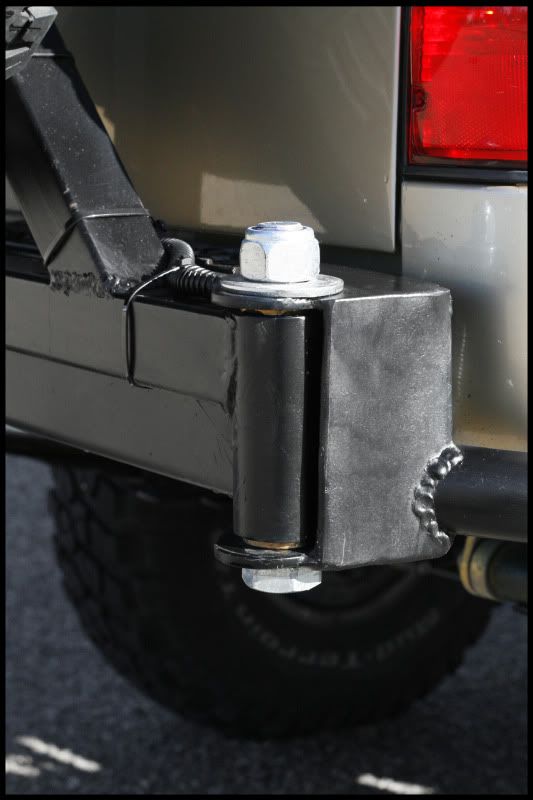
Of course, you need to cover your car’s spare tire properly. Exposing the spare tire will increase the possibility of quick damage. Since the tire stays without any covering, it is exposed to hot sunlight, water from rainfall, etc.
As the rain and sunlight consistently come in contact with the spare tire, the sidewall will start cracking. Also, the rubber will eventually become weaker over time, resulting in depreciation.
When this occurs, it will be risky to use such a spare tire because it is no longer structurally sound for use on a vehicle. Otherwise, it can burst while running on the road, leading to a severe accident.
Yes, a spare tire cans dry rot if not in use for three (3) months and above. Tires are designed to be kept moist by oils and resins within the rubber. Constant downward pressure from coming in contact with the road helps to keep the oils active.
Therefore, leaving a spare tire for 3 months and beyond can make it dry rot, especially with rain and sunlight constantly beating hard on the component.
So, it is essential to figure out the best way to prevent your spare tire from dry rotting. Some of the following preventive measures can help you save your spare tire from dry rotting:
Of course, spare tire covers do work perfectly. The cover protects the tire from direct sunlight, water (rainfall), cold, heat, wind, dirt, etc. By now, you have already known that these are some of the factors that damage a vehicle’s spare tire even though not in use.
So, if your car’s spare tire is exposed or not properly covered, ensure to get a nice spare tire cover for it as soon as possible. This will save you the financial stress of buying a new spare tire over time, especially when you need to use it; then, you realize it has depreciated so badly.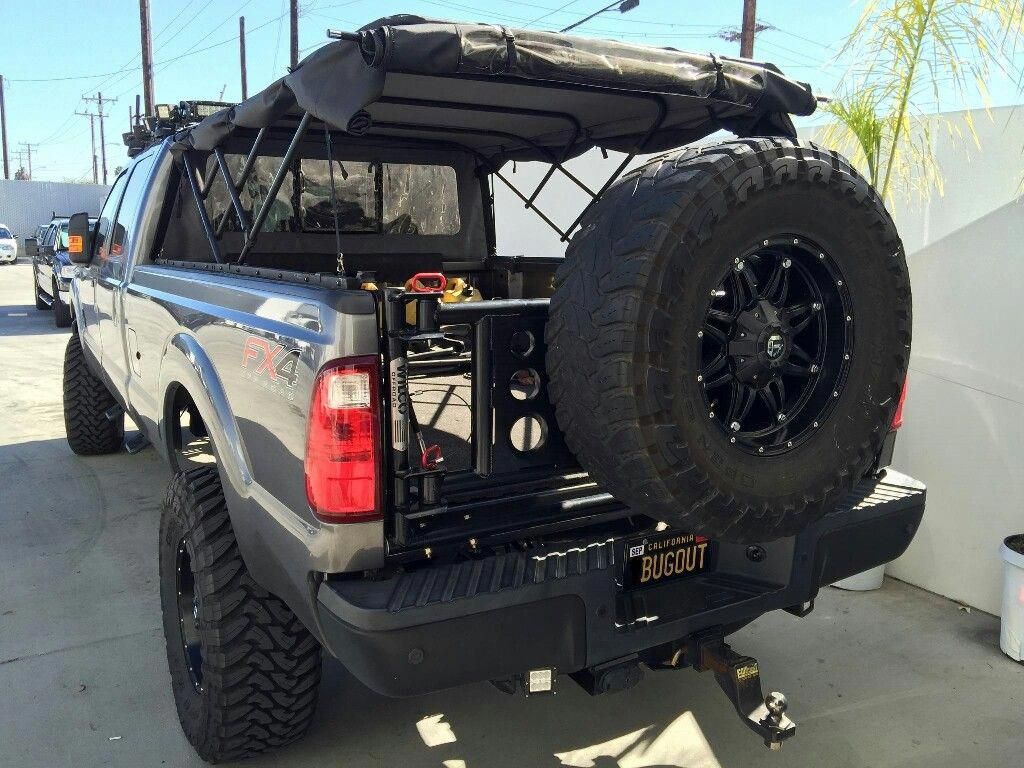
You can protect your vehicle’s steel rims from rusting by cleaning the wheels regularly, polishing them after a thorough cleaning, and plating the wheels.
Vehicle tires, like other components, are susceptible to wear and tear over time. However, vehicles with steel rims are often exposed to rust around the rims. Therefore, cleaning the rims with a balanced pH cleanser will help to get rid of brake dust and other iron contaminants.
Also, applying a nice polish over the surface of the rims will help cover up scratches and maintain a shining look on the rims. Meanwhile, ensure to plate your vehicle’s wheels to increase the aesthetic value and minimize oxidation effects.
Sure, you can wash tire covers. However, it is advisable to avoid washing this component with a washing machine. This is because the washing machine may leave deep scratches on the surface of the component. Sometimes, it may not also be able to access some tight or hidden areas when washing.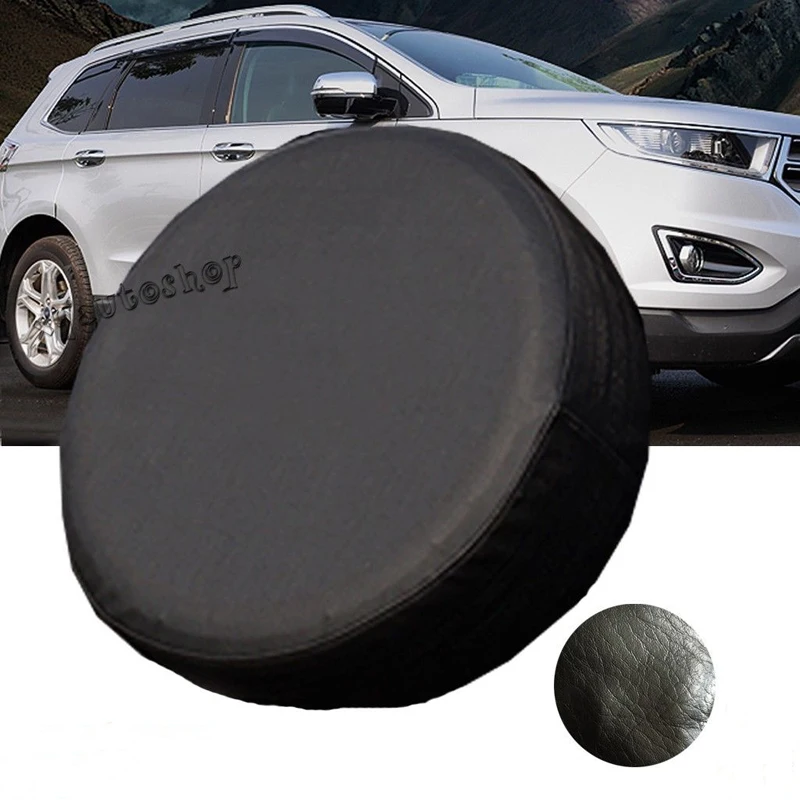
So, it is better to hand-wash your car’s spare tire cover with a liquid dishwasher, water, and a soft-bristled brush. Meanwhile, you may have to use dedicated cleaners to get rid of stubborn stains or dirt on the spare tire cover.
The simple purpose of a vehicle’s spare tire cover is protection. The component is designed to protect the tire from damages that result from direct sunlight, water (rainfall), wind, snow, dust, dirt, etc.
A spare tire without a cover will eventually depreciate over time, resulting in rubber weakness and cracked sidewall. Do not use this kind of spare tire (irrespective of the emergency) due to the risk of bursting while in motion.
Also, the cost of buying a new spare tire is an extra burden that you don’t want to bear when you can at least get a tire cover.
It’s a capital NO! A 20-year-old spare tire is completely not safe for use. Vehicle tires are designed to last around 6 – 10 years.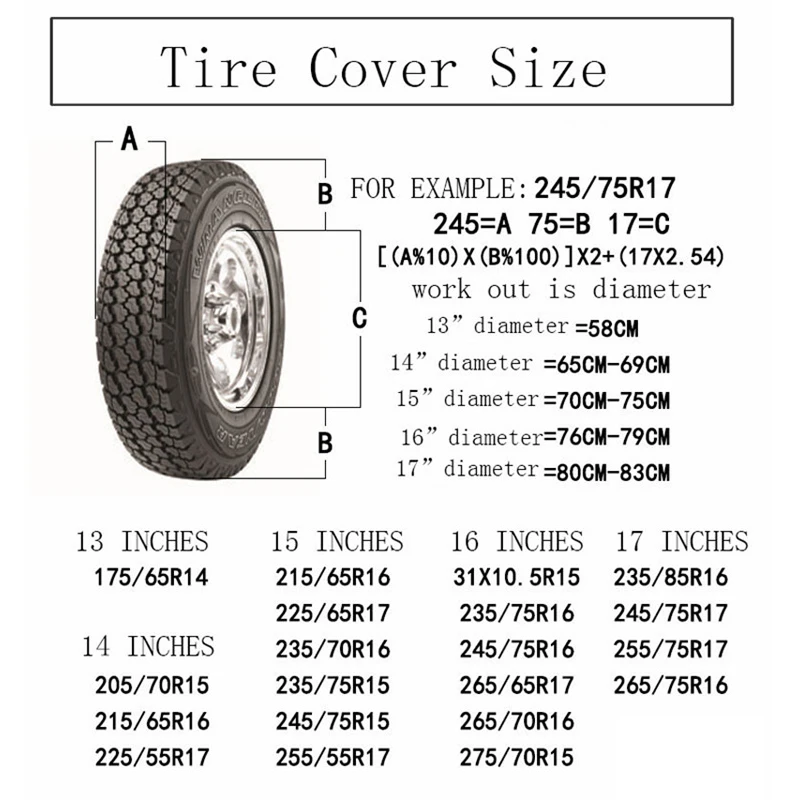 Therefore, manufacturers recommend that you replace your vehicle tires every 6 years or 10 years at maximum.
Therefore, manufacturers recommend that you replace your vehicle tires every 6 years or 10 years at maximum.
Unfortunately, using old vehicle tires has been a major cause of road accidents. So, it is crucial to keep this in mind whenever you’re tempted to use a spare tire that has stayed up to 6 or 10 years, irrespective of the remaining tread. Changing a tire after the recommended period is very important.
This article has exposed a few measures on how to protect spare tires under-truck, especially from damages and theft.
If you own a truck with a spare tire underneath, ensure to implement one or more of the recommendations in this article. It will save you the stress of replacing a damaged spare tire when you need it the most.
ByKern Campbell
A spare tire that is mounted underneath a truck can be on the receiving end of a lot of damage.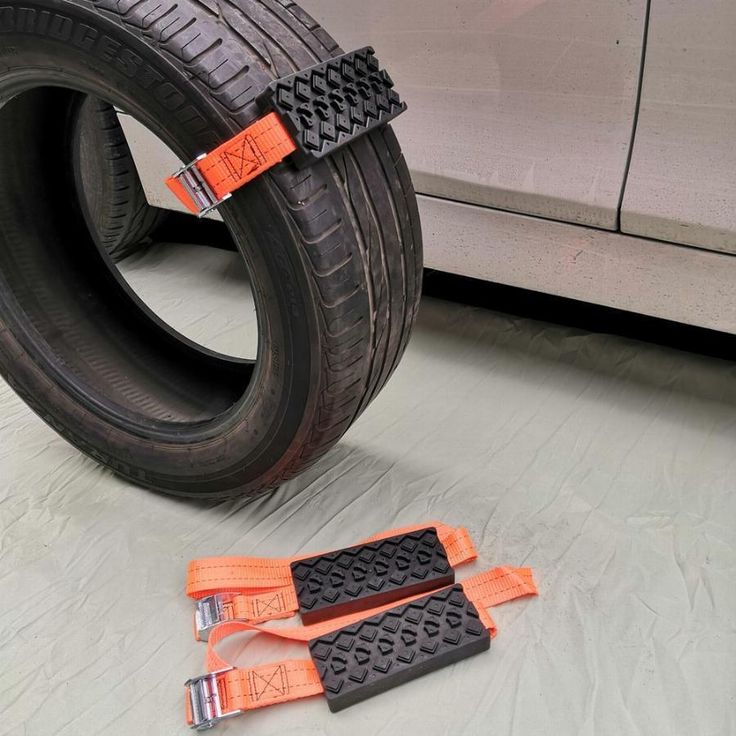 Protecting the spare tire until you need it when a regular tire blows out is important to think about.
Protecting the spare tire until you need it when a regular tire blows out is important to think about.
Spare tires that are mounted beneath trucks should be protected using a hard tire cover like a steel plate. Canvas tire covers will not be able to protect the tire from rocks and debris that will damage the tire, although one is still useful to protect the tire from rust and keep it clean.
There is a lot to know about where to get tire covers and how to maintain spare tires so they stay in good shape.
Though a canvas, leather, or vinyl spare tire cover will help, your tire will be much safer if you use a hard tire cover. A tire mounted beneath a car will be subject to a lot of debris flying around, which can damage the rim and the rubber.
A steel plate or a plastic tire cover will protect it very well.
Hard tire covers are more expensive and less common than canvas, leather, or vinyl covers. It is also harder to find one that can fit your spare tire specifically.
It is also harder to find one that can fit your spare tire specifically.
There are websites that you can purchase hard spare tires on, in addition to looking at what is available on Amazon and eBay. You can also buy one at some auto shops.
Some spare tires are not going to take as much of a beating as others. It depends on how well kept the roads that you drive on are. If you do a lot of off-road driving or frequently use gravel or dirt paths, you will definitely need to protect your tire well.
It may not be necessary if you stick to ordinary roads, especially if you don’t drive at very high speeds. See how much damage has already been done to your spare tire and make a decision based on that.
Covering up your spare tire isn’t the only thing you need to do to make sure that your spare tire is operational. You can’t just leave them alone and expect them to work perfectly when you need them. Spare tires require regular maintenance to make sure that they are in good condition.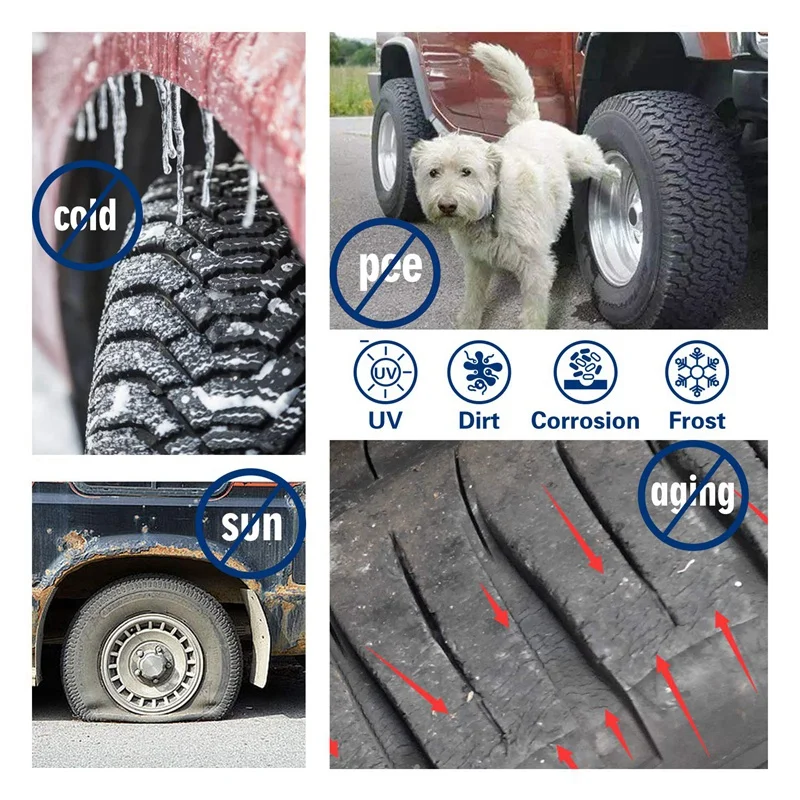
You should check the spare tire when you check the other four tires; even though it isn’t being driven on, as it can still leak, age, and be damaged.
Make sure to check the tire pressure of the spare. You don’t want to be replacing a flat tire only to discover that the spare tire is also flat.
The tire should be kept inflated and ready to go whenever you need it. It should have the same tire pressure standard as the other four tires.
You also need to check the tire for damage, wear, and signs of aging. As time passes, even if the tire is not used, it will still grow less and less stable. Spare tires should be replaced sometime between when they are 6 years old at the earliest and 10 years at the latest.
If the tire is damaged or worn, it should be replaced immediately. Make sure that you replace the spare tire with the correct kind of tire. Different cars will require different kinds of spares. You may use a full-size spare tire or a donut (space-saver).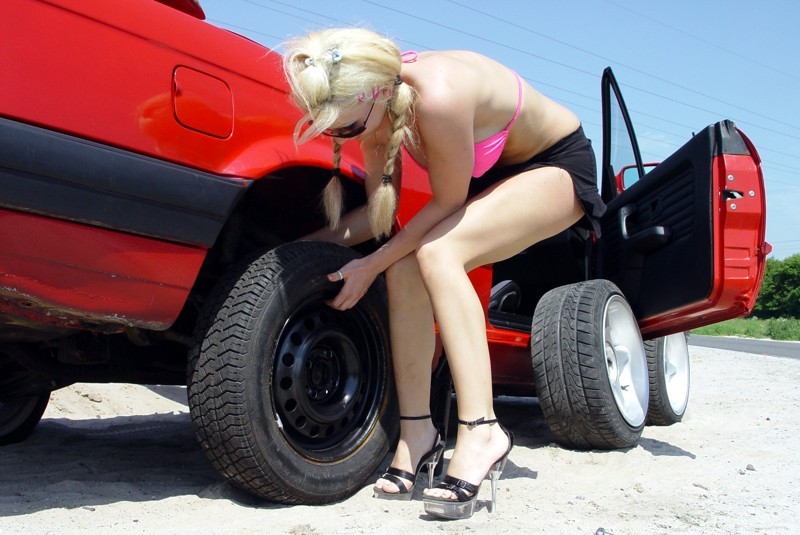
It just depends on what can handle your car and how much space you have for a spare tire. Many trucks have a full-size spare tire.
Spare tires mounted under trucks usually have a mechanism for lowering the spare. You should check this mechanism frequently and make sure that it functions properly.
Some parts of this mechanism may rust, so you will need to make sure that you are checking often and taking steps to avoid that. Practice lowering the pressure in your spare tire every once in a while so you can make sure that the mechanism still works and that you know how to do it when you need to.
The way to install a spare tire is different in every car. Make sure that you are familiar with how to find the spare, lower it from beneath the car, remove the flat tire, and attach the spare tire. Learning how to do this should not be something you do when you are stranded with a flat tire.
Figure it out beforehand so you are prepared when the situation arises, that way you won’t need to worry as much.
Spare tires are meant to get you to the nearest auto repair shop so you can have the flat tire repaired or replaced. If your spare tire is a donut, it won’t be able to handle very much for very long. You shouldn’t drive more than 50 miles per hour on a spare tire, and you shouldn’t drive more than 50 miles on it.
Any faster or farther than this and you risk damaging the spare tire and parts of your car. You should go to an auto repair shop and get the tire fixed and replaced as soon as possible.
Make sure that all the tools for changing the tire are in the car at all times. Make sure that you have an impact wrench, a lug wrench or deep socket wrench, and a jack. Make sure that the sizes of the wrenches work for your car.
Your car will also come with tools for lowering the spare tire. Make sure that these tools also remain in the car.
You don’t want to be stuck with a flat tire because you don’t have one of the tools necessary to change the tire or even get to the spare tire.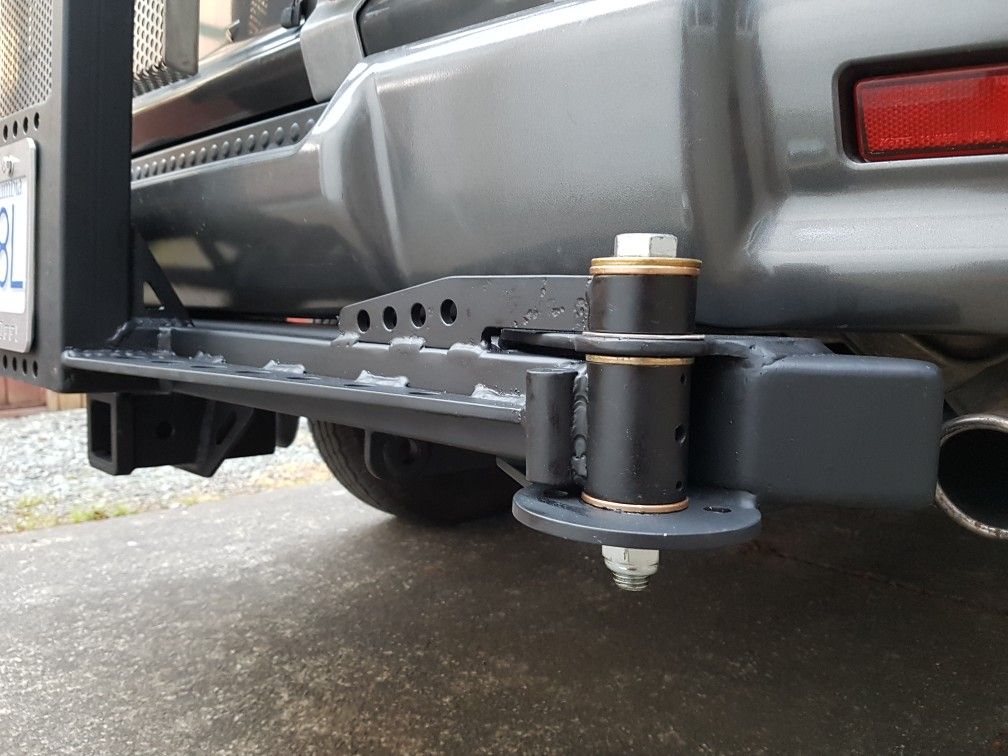
You must take care of your spare tire. You want it to be ready and waiting to be relied on when one of your other tires fails. It’s important that you protect it, maintain it, and use it correctly.
S. Iones, photo by the author
We thought for a long time: should we discuss this slippery topic on the pages of the magazine? Won't some irresponsible citizens take the secrets we revealed as a guide to action? Conversations with competent people dispelled our doubts. For professional thieves, what we have said is not news or a secret for a long time. And the rest of the information provided will be useful for self-defense.
It makes no sense to talk about the interest of the Gazelle-class truck for hijackers and robbers. Often, criminal figures are attracted not so much by the car itself as by the contents of its body. And, according to the owners, the Nizhny Novgorod lorry also has certain “deficient” nodes. Our today's conversation will be devoted to some typical problems of self-defense.
And, according to the owners, the Nizhny Novgorod lorry also has certain “deficient” nodes. Our today's conversation will be devoted to some typical problems of self-defense.
The Gazelles' means of protection against theft are the same as those of other cars: alarm, immobilizer, "secrets". Accordingly, like other cars, the Gazelles have their own weak points that require special attention.
At one time, many owners and drivers of Gazelles became victims of the theft of the gearbox. According to one version, in the mid-1990s, when five-speed boxes for the Volga were still rare, an original type of “tuning” was born - an adaptation of the Gazelle box for installation on the Volga. There was nothing wrong with that if the donor box was bought in a store, on the market, or legally removed from an emergency Gazelle. But the considerable market value of the unit made the business of reworking and selling "finished" boxes not very profitable, and orders - piece. How to reduce initial costs and make the product "more accessible"? The answer is simple: steal.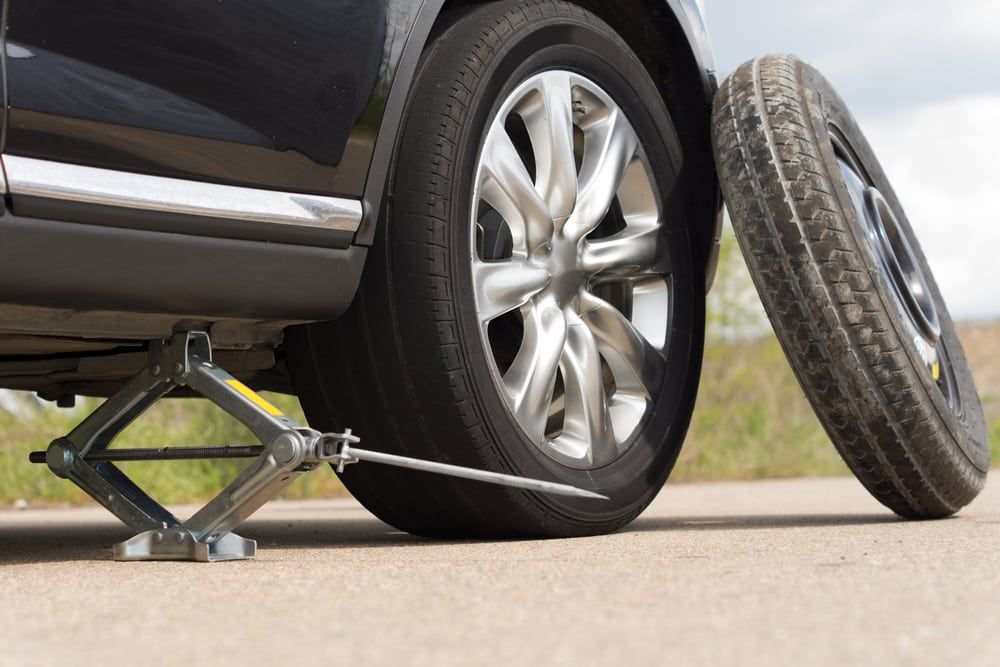
| Flatbed, protected by plywood sidewalls. Sheet thickness - 5 mm |
According to another point of view, the gearbox of the Gazelles produced in the 1990s was not very reliable, many car owners were in dire need of replacing this unit, and the demand for serviceable gearboxes for some time exceeded the supply. In addition, stolen boxes were usually cheaper than in the store. One way or another, and often the owners of the Gazelles themselves stimulated theft by buying boxes of dubious origin to replace those that failed. In some regions, the problem has not lost its relevance so far, and those who want to repair their car at someone else's expense will never disappear.
Any truck parked in an unguarded area became a potential victim. Nothing prevents an experienced mechanic from climbing under the Gazelle and, working with wrenches, remove the box in a few minutes.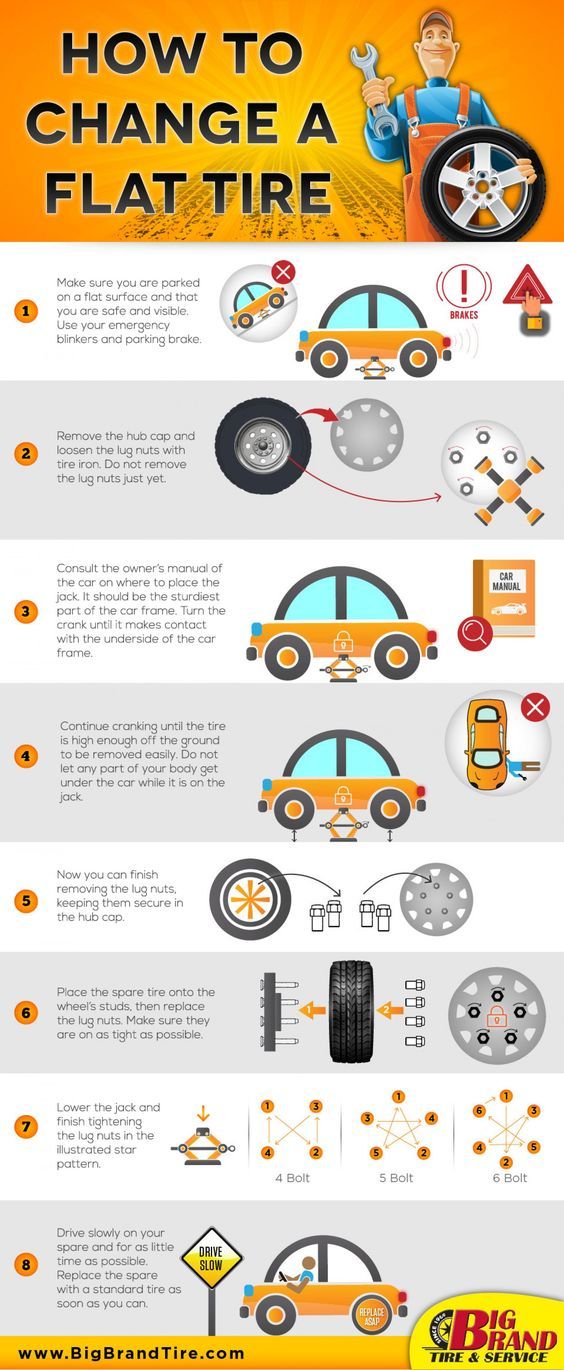 Then it will only take a skillful movement with a screwdriver to throw off the plastic locking sleeve, after which the shift link will fall off the lever remaining in the cab. Due to the high seating position of the car, neither a jack, nor a ditch, nor a lift is needed to remove the box. The strength of the hands of a normal man is enough to lower a 33-kilogram machine to the ground. Just climbed under the car, twisted the nuts - and the box is yours. In the worst times, it happened that boxes disappeared from several Gazelles standing nearby in one night.
Then it will only take a skillful movement with a screwdriver to throw off the plastic locking sleeve, after which the shift link will fall off the lever remaining in the cab. Due to the high seating position of the car, neither a jack, nor a ditch, nor a lift is needed to remove the box. The strength of the hands of a normal man is enough to lower a 33-kilogram machine to the ground. Just climbed under the car, twisted the nuts - and the box is yours. In the worst times, it happened that boxes disappeared from several Gazelles standing nearby in one night.
| Spare tire chained |
Drivers came up with the simplest way to counteract: instead of one of the regular nuts securing the box to the clutch housing, they screwed a “secret” nut, as for the Volga wheel. But, unfortunately, this does not always save. The fact is that the "secrets" sold in stores, as a rule, are standard.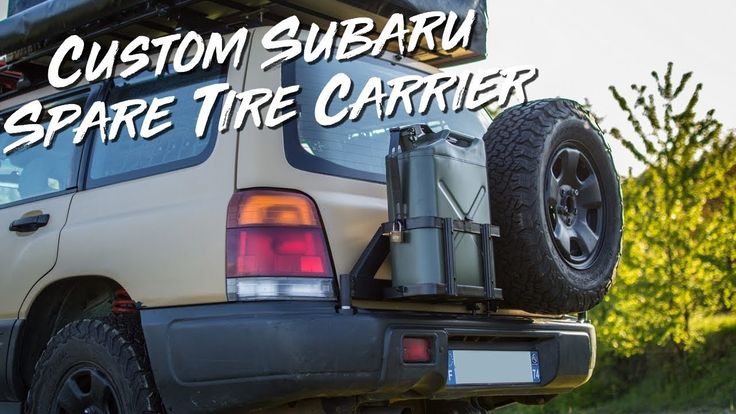 Thieves simply buy the same set, and in their hands is an analogue key or even a set of such analogues. A more complicated, but perhaps justified option is to make a “secret” nut and a key to it to order. The worst thing in this case is to lose the key. And since you decide to make a non-standard "secret", there is no need to spare money for a second spare key.
Thieves simply buy the same set, and in their hands is an analogue key or even a set of such analogues. A more complicated, but perhaps justified option is to make a “secret” nut and a key to it to order. The worst thing in this case is to lose the key. And since you decide to make a non-standard "secret", there is no need to spare money for a second spare key.
There were other ways to protect the box. She was chained to the frame with a chain or cable. It was considered likely that, having seen such an obstacle, the thieves would decide not to get involved, especially since there were many other Gazelles around. Sometimes especially stubborn attackers bit the chain or cable with powerful scissors. It also happened that the thief, seeing the box “with a secret”, out of anger broke through its crankcase or inserted a crowbar into the cross of the cardan shaft.
Some drivers, in the midst of the theft of boxes, decided to take the most extreme measure. The box was made non-removable: the nuts of its fastening were welded, their edges were sawn off. The crossbar, on which the rear end of the box is fixed, was welded to the frame spars.
The crossbar, on which the rear end of the box is fixed, was welded to the frame spars.
| It is quite possible to get into the large rear window of the Gazelle |
These methods of protection have a downside. Himself will someday need to change the clutch or repair the box. Fighting your own "security system" will turn into a real headache. It can be argued that the “cut down” nuts and welding points, with which the cross member is “attached” to the frame, can be easily cut off with a grinder or welding during repairs. And if you need to remove the box not in the garage, but on the road far from home, where there is no electrical outlet nearby and there is simply nowhere to connect the grinder?
No doubt the factory did nothing to protect the spare tire hanging under the rear of the car from theft. The rescue of drowning people in this case also becomes exclusively the work of the drowning people themselves. Very often, drivers simply chain the “spare tire” to the frame with a chain with a lock. But, as in the case of the box, this does not give a 100% guarantee. "Power" scissors that can defeat the chain are on sale. The chain on the spare wheel of the on-board vehicle, unlike the one that protects the box, is always in sight: come and have a bite. Sometimes the owners of the Gazelles invent and install metal structures on the frame that do not allow the wheel to be pushed in or create an obstacle in order to pull it out.
Very often, drivers simply chain the “spare tire” to the frame with a chain with a lock. But, as in the case of the box, this does not give a 100% guarantee. "Power" scissors that can defeat the chain are on sale. The chain on the spare wheel of the on-board vehicle, unlike the one that protects the box, is always in sight: come and have a bite. Sometimes the owners of the Gazelles invent and install metal structures on the frame that do not allow the wheel to be pushed in or create an obstacle in order to pull it out.
But there is a very simple option - to remove the "reserve" inside the body. Indeed, drivers told us cases when a thief, not finding a “reserve” under the platform, simply passed by this car. In addition, in the body, the wheel is protected from dirt flying from the road.
| This cab cannot be entered through the rear window |
Not all cars have an alarm, it is not always turned on and in good order, and even if it is triggered, the owner of the car may not be able to promptly resist those who climb into the cab. Therefore, whatever one may say, the reliability of locks is an important indicator. Many robbers prefer not to "shine", knocking out windows or breaking the lock, but find a way to pick up a master key. Here, in full growth, the question of the quality of the larvae arises.
Therefore, whatever one may say, the reliability of locks is an important indicator. Many robbers prefer not to "shine", knocking out windows or breaking the lock, but find a way to pick up a master key. Here, in full growth, the question of the quality of the larvae arises.
Before restyling in 2003, Gazelle door locks were equipped with larvae with a cap and a one-sided key. At the onboard car, they stood on both doors of the cabin, at the "carriage" also on the sliding side and on the end. They, no doubt, were well protected from getting inside the mechanism of the larvae of water and dirt. But experts say that such locks belonged to the category of those locks of domestic cars that it is quite possible to unlock with a key of another series, a “universal” blank, and if the larva is old and worn out, it is sometimes even possible to defeat it with a screwdriver. This, of course, is an extreme, but many who seriously dealt with old Soviet cars have large bundles of serial keys and blanks suitable for different larvae.
In 2003, new locks and round-shaped locks without covers were introduced, structurally similar to the locks of domestic passenger cars. They, according to experts, are better protected from key selection. Does it make sense to put new larvae on an old production car? They do not fit exactly “in place”: it will not work to remove locks with old-style larvae and simply put modernized ones in their place. However, body repair masters have mastered ways to remake doors for locks of the “wrong” release.
| The enemy will not pass through the "Bull" window |
Interestingly, according to repairmen, old larvae are more often inserted into new-style doors. This is usually done when replacing rotten or broken doors. Spare parts come with doors designed for new locks, and the customer, as a rule, still leaves the old ones. However, the interchangeability of old locks with new ones and ways to remake doors is a topic for a separate conversation.
The most unprotected place in a flatbed truck from robbers is the platform covered with an awning. Even an alarm with a sensor that reacts to volume changes will not save her. The main reason is the same: when an alarm is triggered, the owner of the car is not always able to quickly take action. A few seconds are enough for an attacker to cut the awning with a knife and get inside. The low landing of the Gazelle only simplifies the task.
Even if at the moment the box is empty, there is no load or tools in it, and there seems to be nothing to take, thieves will find a reason to visit this Gazelle. According to experienced people, some robbers get into the cab, first climbing into the body and then knocking out the rear window of the cab from the front side. Usually they knock out the left: behind the right is a higher back of the passenger sofa. There are two options for further action. The first is to reach the button that blocks the driver's door from the inside, jump out of the body and freely enter the cab. The second is to pull out the headrest of the driver's seat and try to climb into the window. The opening, of course, is narrow, but among the thieves there are people of slender complexion, and very often such thefts are committed by teenagers.
The second is to pull out the headrest of the driver's seat and try to climb into the window. The opening, of course, is narrow, but among the thieves there are people of slender complexion, and very often such thefts are committed by teenagers.
| The “new” lock is burglar-resistant but not dirt-resistant |
Reasonable question: why do we need such a workaround? Wouldn't it be easier to break a fixed window or a sliding window and immediately open it with the inside handle? But the broken glass on the outside of the car will catch the eye of any passer-by and passing by along with the police. Another thing is the broken rear window of the cab, covered from the rear by a tarpaulin top of the platform. At first glance, rarely does anyone notice such a pogrom.
This problem is not limited to
Gazelles. Thieves try to get into trucks of other brands with a tarpaulin body in the same way.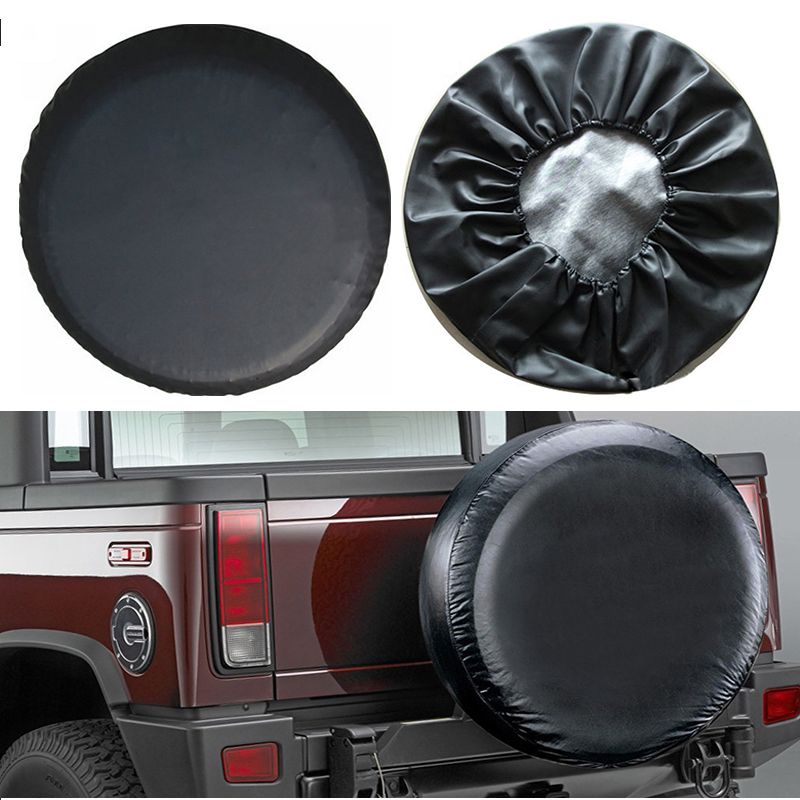 For some machines, this is easier to do, for others it is more difficult. For example, in the UAZ-3303, it is impossible to get into the cab through the narrow openings of the two rear windows, but the door has a swivel window, opened with a spatula and a thin long screwdriver. The "Bull" and the cars of the ZIL-4331 family have only one window on the left in the back wall. In size, it is smaller than the rear windows of the Gazelle, and besides, its opening is partially blocked by the back of the seat. You can’t reach the handle that locks the door, as it is located very low. But for some foreign cars, the rear window of the cab, on the contrary, is large, with a solid opening, where even an adult can easily get through. A typical example is the Mercedes Benz 208/308 series: like a big-nosed car 1980-90s, and the newer Sprinter. It is unlikely that the German engineers, when designing this car, were thinking about Russian theft.
For some machines, this is easier to do, for others it is more difficult. For example, in the UAZ-3303, it is impossible to get into the cab through the narrow openings of the two rear windows, but the door has a swivel window, opened with a spatula and a thin long screwdriver. The "Bull" and the cars of the ZIL-4331 family have only one window on the left in the back wall. In size, it is smaller than the rear windows of the Gazelle, and besides, its opening is partially blocked by the back of the seat. You can’t reach the handle that locks the door, as it is located very low. But for some foreign cars, the rear window of the cab, on the contrary, is large, with a solid opening, where even an adult can easily get through. A typical example is the Mercedes Benz 208/308 series: like a big-nosed car 1980-90s, and the newer Sprinter. It is unlikely that the German engineers, when designing this car, were thinking about Russian theft.
| Extension grille in the body: weak but protected |
By the way, in extreme cases, such a way to get into the cab can be useful to the owner of the car.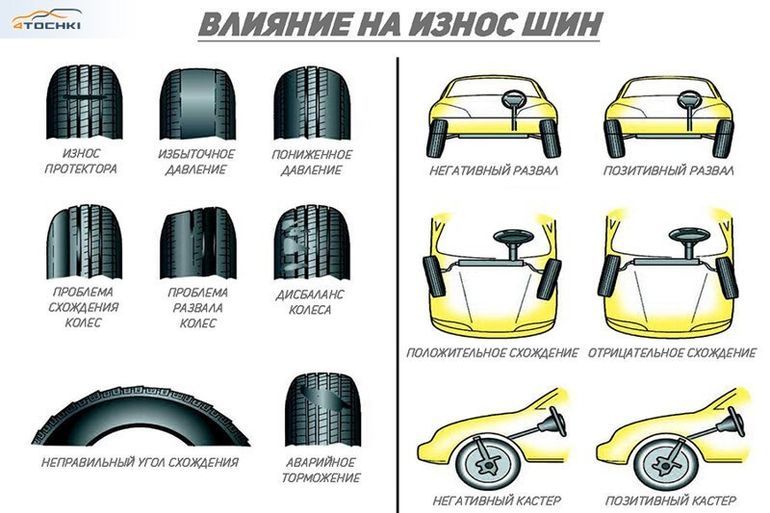 For example, if the keys and alarm key fob are lost or ended up in a locked cabin. Riding with a broken rear window is still better than driving with a knocked-out window or window. In order not to blow, a flat back opening can be closed with any sheet picked up in the garbage from a cardboard box. Moreover, if you have a certain skill, you can not break the rear glass, but remove it from the opening without even damaging the seal. At the Gazelle, for this you need to work for five minutes with two screwdrivers. It is easier to push the glass inside the cab than to take it out.
For example, if the keys and alarm key fob are lost or ended up in a locked cabin. Riding with a broken rear window is still better than driving with a knocked-out window or window. In order not to blow, a flat back opening can be closed with any sheet picked up in the garbage from a cardboard box. Moreover, if you have a certain skill, you can not break the rear glass, but remove it from the opening without even damaging the seal. At the Gazelle, for this you need to work for five minutes with two screwdrivers. It is easier to push the glass inside the cab than to take it out.
Let's return to the issue of protecting the platform itself. The most effective way is to install hard sides from the inside of the tent. Metal panels or gratings are too heavy and difficult to manufacture. According to many car owners, a sheet of plywood with a thickness of five millimeters is best suited. Sidewalls are made from it, and swing “gates” are made behind the rear side of the body. Plywood thinner than "five" is not recommended, as it is easy to break through.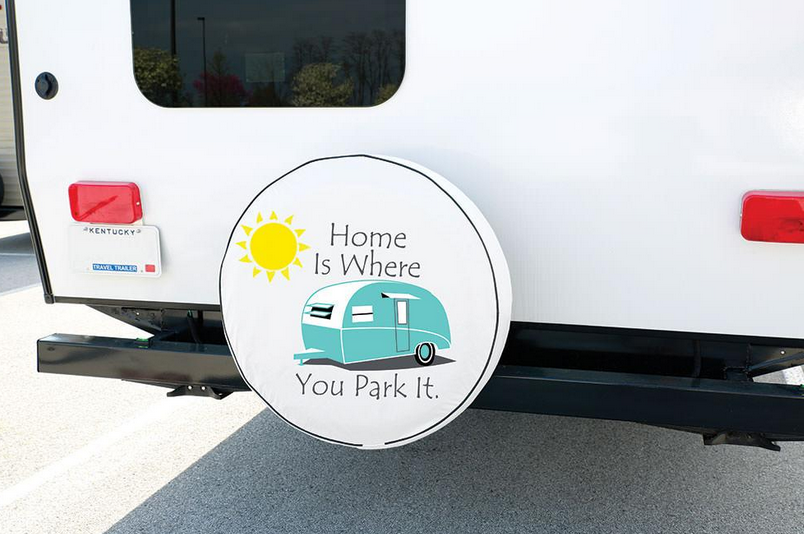
We deliberately did not touch on some issues related to the protection of family vehicles. What are the features of installing an alarm in the cab or "wagon" body? Is it easy to remove the radio from the Gazelle with the old and new dashboard? What can be done to make this task more difficult?
This is a topic for another discussion.
OTHER ARTICLES ON THIS TOPIC:
Please enable JavaScript to view the comments powered by Disqus.
Since John Dunlop had the ingenious idea of wrapping a water hose around a bicycle wheel rim, and after that the automobile pneumatic tire became the main type of horseshoe for iron horses, the hitherto unthinkable fifth wheel has become a mandatory attribute of self-running carts .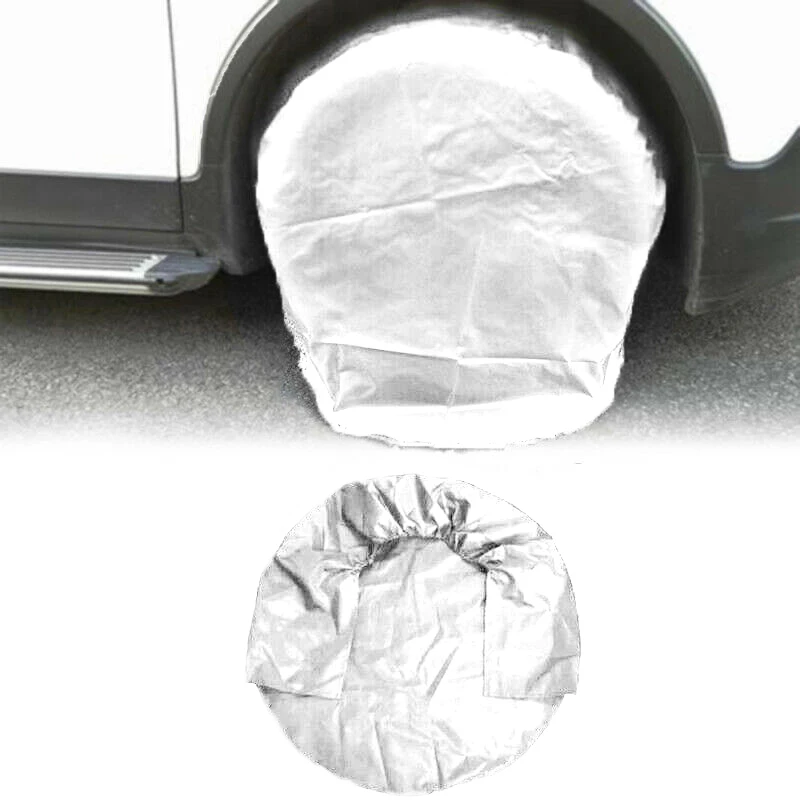 However, often they were not limited to one spare wheel, the design of cars of the beginning of the last century with voluminous front fenders and a long engine compartment made it possible to place two spare wheels symmetrically in front of the front doors of the car. It was not necessary to carry complete wheels, they managed with replaceable rims, or just spare tires or repair kits, since it was not difficult to carry out tire fitting in field conditions at the dawn of the pneumatic era. Punctures were common at that time, and the first drivers quite often had to park on the side of the road about the next “coven”. But technological progress, as they say, has not stood still, pneumatic tires have become more complex and reliable, punctures now happen more from the actions of third parties than from bad road conditions, and the current generation of professional drivers in ties and white gloves, mounting and jacking in the eyes did not see. Cars themselves are now subject to such high requirements for economic efficiency and environmental safety of transportation that engineers have to literally fight for every kilogram of the inert mass of the car, because the smaller it is, the less resources and harmful emissions fall on each unit of transported goods.
However, often they were not limited to one spare wheel, the design of cars of the beginning of the last century with voluminous front fenders and a long engine compartment made it possible to place two spare wheels symmetrically in front of the front doors of the car. It was not necessary to carry complete wheels, they managed with replaceable rims, or just spare tires or repair kits, since it was not difficult to carry out tire fitting in field conditions at the dawn of the pneumatic era. Punctures were common at that time, and the first drivers quite often had to park on the side of the road about the next “coven”. But technological progress, as they say, has not stood still, pneumatic tires have become more complex and reliable, punctures now happen more from the actions of third parties than from bad road conditions, and the current generation of professional drivers in ties and white gloves, mounting and jacking in the eyes did not see. Cars themselves are now subject to such high requirements for economic efficiency and environmental safety of transportation that engineers have to literally fight for every kilogram of the inert mass of the car, because the smaller it is, the less resources and harmful emissions fall on each unit of transported goods. It is clear that in such conditions, the designers of heavy vehicles will sooner or later begin to get rid of spare wheels.
It is clear that in such conditions, the designers of heavy vehicles will sooner or later begin to get rid of spare wheels.
Moreover, for commercial and special vehicles, the problem of the spare wheel is not so much in the ballast weight, but in its placement on the car. What can we say about special equipment, even if there is no room left for it even on a short-base three-axle dump truck chassis, hung with urea tanks and huge filter silencers. Although, it is necessary to give an example from special equipment, the creators of garbage trucks show special ingenuity in our country. A favorite place is the roof of the body, here the spare tire not only raises the center of gravity of the truck, but also increases its aerodynamic resistance. As a driver, on occasion, he will remove it and drag a punctured wheel back into its place, a separate conversation. It will be easier for those who work on side-loading garbage trucks with a spare wheel mounted on the back of the body, in the manner of an SUV.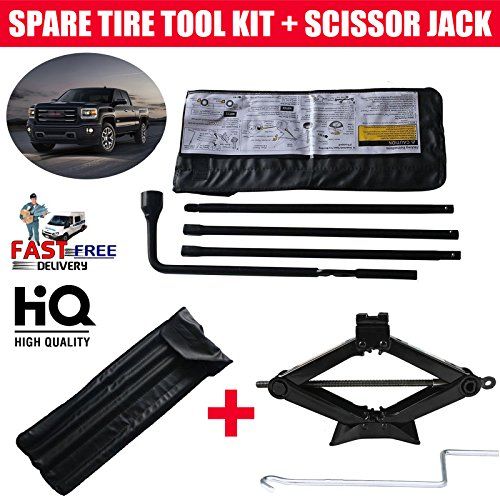 However, all our equipment is produced in such a way that it will be operated exclusively far from civilization. But when the designers place the spare wheel of the rear loading garbage truck in the rear overhang, that is, exactly under the loading hopper, how do they think to remove it if a puncture happens on the way to the landfill, and not back? This, of course, is a rare solution for a 6x6 chassis, although the very fact that we produce heavy garbage trucks with all-wheel drive is another confirmation of “prudent” management.
However, all our equipment is produced in such a way that it will be operated exclusively far from civilization. But when the designers place the spare wheel of the rear loading garbage truck in the rear overhang, that is, exactly under the loading hopper, how do they think to remove it if a puncture happens on the way to the landfill, and not back? This, of course, is a rare solution for a 6x6 chassis, although the very fact that we produce heavy garbage trucks with all-wheel drive is another confirmation of “prudent” management.
Strange metamorphoses are taking place in the consciousness of people in our country. In the Soviet period, everyone understood that everything in the country was common, but there was a problem in the absence of the owner, which meant mismanagement. With the return to the wild capitalism of the 19th century, the owners appeared, but at the same time the illusion of some kind of global economy, where losses are covered by someone else. Of course, at the level of private traders, this is how it is, every man for himself, but losses do not emigrate from the country's economy as a whole, and no American president will compensate them. It is pointless to argue about whether to spend more money on defense or education, it's time to pay attention to the losses that we suffer every year from inefficient transportation in general, and from outdated rules that force spare trucks to operate in particular. By the way, the economy is also directly affected by such a problem of spare wheels for heavy vehicles that changing them is an extra, hard and dangerous job for the driver. If a person, when changing wheels, gets injured or freezes his kidneys, lying on a sweatshirt in the winter, or someone jams him while he pulls out a spare tire screwed to the port side, Pushkin's "Pop" who hired this "Baldoo" will, of course, get out, because our laws protect employers as "sacred cows". And for the losses from the fact that a person of working age switches to social security, we will pay off from the common treasury of taxpayers.
It is pointless to argue about whether to spend more money on defense or education, it's time to pay attention to the losses that we suffer every year from inefficient transportation in general, and from outdated rules that force spare trucks to operate in particular. By the way, the economy is also directly affected by such a problem of spare wheels for heavy vehicles that changing them is an extra, hard and dangerous job for the driver. If a person, when changing wheels, gets injured or freezes his kidneys, lying on a sweatshirt in the winter, or someone jams him while he pulls out a spare tire screwed to the port side, Pushkin's "Pop" who hired this "Baldoo" will, of course, get out, because our laws protect employers as "sacred cows". And for the losses from the fact that a person of working age switches to social security, we will pay off from the common treasury of taxpayers.
Any driver will object to me that without a spare tire you can’t go anywhere at all, because in the event of a puncture, you just get up and stand on the road forever, and by changing the wheel, you can get to the place / service / tire fitting, and you will be absolutely right. Therefore, a spare wheel, and not even one, is needed: a) for private drivers who work in one and rely solely on their own strength; b) truckers, as there can be long distances between service points on long hauls; and c) expeditionary and military transport, since it often turns out to be not only far from settlements, but also from any roads in general, and during hostilities it will be operated in conditions of a shortage of spare parts and services even in urban areas. Now, attention. Do we have many lone drivers who buy new garbage trucks with a spare tire on the roof for their modest business? In our unsorted household waste, of course, there is a lot of waste suitable for processing, but this does not mean that solid waste will be distilled between cities with a population of over a million? What, the Ministry of Defense is considering the possibility of lulling the enemy's vigilance by using garbage trucks to transfer shells?
Therefore, a spare wheel, and not even one, is needed: a) for private drivers who work in one and rely solely on their own strength; b) truckers, as there can be long distances between service points on long hauls; and c) expeditionary and military transport, since it often turns out to be not only far from settlements, but also from any roads in general, and during hostilities it will be operated in conditions of a shortage of spare parts and services even in urban areas. Now, attention. Do we have many lone drivers who buy new garbage trucks with a spare tire on the roof for their modest business? In our unsorted household waste, of course, there is a lot of waste suitable for processing, but this does not mean that solid waste will be distilled between cities with a population of over a million? What, the Ministry of Defense is considering the possibility of lulling the enemy's vigilance by using garbage trucks to transfer shells?
But what about garbage trucks, a huge amount of municipal, road construction, passenger transport does not leave the city territory, working mainly on short shoulders.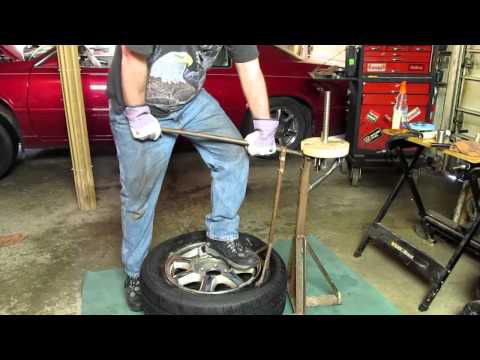 Sometimes listed as a horde of individual entrepreneurs, the equipment is in fact controlled by huge fleets, for which it will not be difficult for them to maintain a tire repair kit, which will not only bring a non-bald spare tire, but exactly the right pattern and size, respectively, for the steering or drive axle. I understand that those who have to ride R20 with diamonds all their lives are now smiling, but the use of different types of rubber for different axles of a heavy truck is another important condition for reducing operating costs. However, it is not necessary to change the wheel if it would be more expedient to repair it on the spot. In order to remove / install the wheel, it is easy to bring the appropriate tools, a trolley, a wheel wrench in the flyer so as not to overstrain and carry out a replacement, as they say, “without noise and dust”. So, there are no health risks for the driver, he does not have to pay extra for extra work, the downtime when using a repair shop in the city will be even less than when changing wheels manually by the driver.
Sometimes listed as a horde of individual entrepreneurs, the equipment is in fact controlled by huge fleets, for which it will not be difficult for them to maintain a tire repair kit, which will not only bring a non-bald spare tire, but exactly the right pattern and size, respectively, for the steering or drive axle. I understand that those who have to ride R20 with diamonds all their lives are now smiling, but the use of different types of rubber for different axles of a heavy truck is another important condition for reducing operating costs. However, it is not necessary to change the wheel if it would be more expedient to repair it on the spot. In order to remove / install the wheel, it is easy to bring the appropriate tools, a trolley, a wheel wrench in the flyer so as not to overstrain and carry out a replacement, as they say, “without noise and dust”. So, there are no health risks for the driver, he does not have to pay extra for extra work, the downtime when using a repair shop in the city will be even less than when changing wheels manually by the driver. Well, there are obvious advantages in fuel economy when operating a car without a spare wheel, while the cost of maintaining a flywheel is scanty, because wheel punctures rarely occur, and between trips its mechanic works in a service at the base.
Well, there are obvious advantages in fuel economy when operating a car without a spare wheel, while the cost of maintaining a flywheel is scanty, because wheel punctures rarely occur, and between trips its mechanic works in a service at the base.
A field tire service? The answer is simple. All these advantages are important at the level of the country's economy as a whole, and no enterprise, let alone a small private trader, will care about some drops of saved diesel fuel, the health of workers, or (especially) about fresh air and the problem of climate warming. Relevant laws are needed to organize the efficient operation of transport at the global level, creating a legal framework for the operation of commercial and special vehicles without spare wheels, for the use of mobile tire fitting complexes. In our country, for the time being, a vehicle certificate cannot be obtained if a place for attaching a spare wheel is not provided. And this is what sometimes leads to incidents.
And this is what sometimes leads to incidents.
Our country, with its size, cannot be imagined without trucks on 6x6 all-wheel drive chassis with single tires on huge "bast shoes", such as KamAZ-43114-118 and analogues. The only reasonable place for a spare tire for such all-terrain vehicles has always been on the frame on the right behind the cab on special fasteners. But when a crane is mounted on these chassis, there is no other place for a spare tire other than the rear overhang. As a result, the rear clearance and exit angle are the same as those of the road models. In general, the consumer has little choice, or he will stand somewhere in the wilderness with a punctured tire, as he got to the place without a spare wheel, or he will sit on it, a little short of this place, if he dares to storm our impassability with such a rear overhang . In cities, a large number of combined road machines operate for year-round maintenance of the roadway. In the parks of the DRSU, there is such a number of main vehicles, such a number of auxiliary vehicles that it will not be difficult to deliver a spare wheel to the puncture site. Meanwhile, KDMs go all year round with a spare tire tightly screwed to the back, precisely tightly, because in the area of \u200b\u200bthe sand-salt mixture spreader, not only the threaded connections that secure the spare tire, but also the parts of the lifting winch instantly become unusable.
Meanwhile, KDMs go all year round with a spare tire tightly screwed to the back, precisely tightly, because in the area of \u200b\u200bthe sand-salt mixture spreader, not only the threaded connections that secure the spare tire, but also the parts of the lifting winch instantly become unusable.
We receive imported dump trucks, in which the entire modern environmental "ballast" is so neatly formed that the base remains for the spare wheel. The only problem is that they have a mirror layout, designed for a right-hand drive cab. The fuel tank, therefore, hangs on the right, and the spare wheel on the port side, so if anyone dares to change the wheel on a busy highway, then ... In short, there can be no question of any safe operation with this arrangement, how do they get permissions in general? At the same time, “caring” bureaucrats defend the need for a spare wheel on a car precisely for safety reasons. Their special cynicism is manifested in the zeal with which they introduce European protocols alien to us, in particular, by hanging a front underrun bar on the morally and technically obsolete "Gazon", thereby reducing its cross-country ability, moreover, precisely because of its cross-country ability and large ground clearance for it and demand remains in the outback.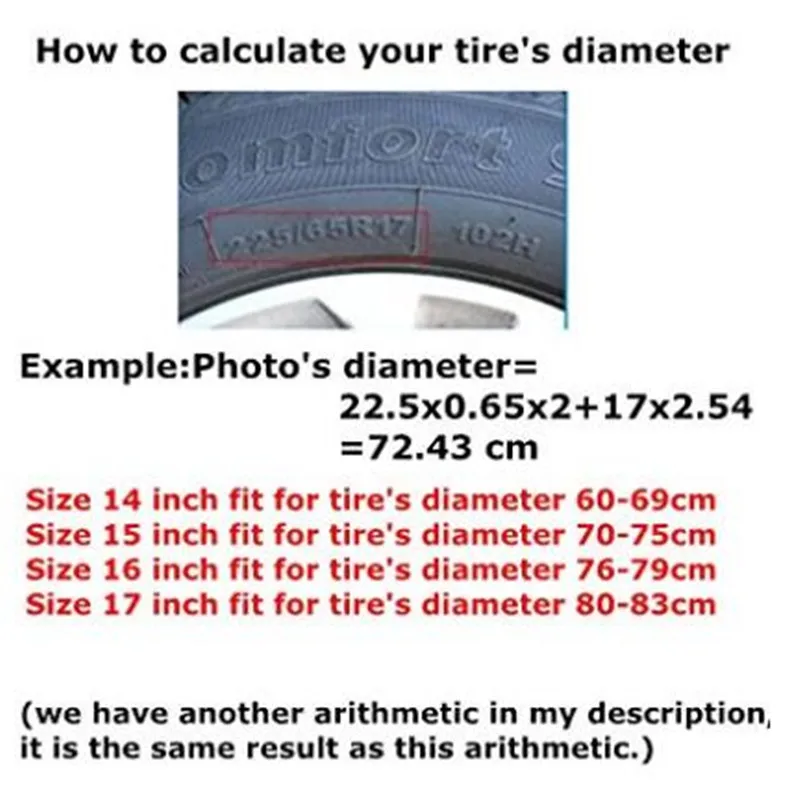
... national interests? And where, I dare to ask, is the trade union of workers of heavy trucks looking, without whose approval it is impossible to get a single OTTS? Oh, what am I, this is not about us, this is in another country ... By the way, from this very country, without news about which not a single Russian TV viewer can fall asleep today, a good example worthy of imitation. We are talking about a typical American heavy dump truck. He has a leading bogie on standard heavy-duty rubber with dual tires, two wide “bast shoes” in front, two lifting axles with single small “rollers” in the base (there may be more, but two are optimal, in another version there may be one lifting axle, but then with a dual busbar). Thus, it turns out: five axles and three types of wheels, the result: the transportation of the maximum load with minimal damage to the roadway. And, of course, no spares, no front, no middle, no! If anyone has not yet understood, then the center of world capitalist imperialism demonstrates such a prudent attitude towards the economy of its own country and taxpayers' money that the socialist never dreamed of. In what kind of intermediate type of social system are we stuck now, if instead of useful innovations we impose or maintain harmful rules that ruin our budget? Why do we have on our roads, instead of modern efficient dump trucks, strings of pre-perestroika three-axle KamAZ trucks with extensions loaded into the sky and flattened wheels scurry about? Those who teach us how much urea to fill in the tank know something about this?
And, of course, no spares, no front, no middle, no! If anyone has not yet understood, then the center of world capitalist imperialism demonstrates such a prudent attitude towards the economy of its own country and taxpayers' money that the socialist never dreamed of. In what kind of intermediate type of social system are we stuck now, if instead of useful innovations we impose or maintain harmful rules that ruin our budget? Why do we have on our roads, instead of modern efficient dump trucks, strings of pre-perestroika three-axle KamAZ trucks with extensions loaded into the sky and flattened wheels scurry about? Those who teach us how much urea to fill in the tank know something about this?
However, not thanks to, but in spite of, some shifts towards reason appear. Recently, we have been operating dump trucks with different tires for the front axle and the drive bogie. Of course, this was done not for reasons of better handling, but for greater loading, that is, these are models of reinforced road-type dump trucks that allow transporting a record 27-28 tons of bulk cargo with a gross weight of up to 41 tons (for example, Scania, Renault " and etc. ). This is possible only if tires 385 cm wide with a rim of 22.5 inches with a load of 4.5 tons per wheel are installed on the front axle, and for the operation of such dump trucks, a spare tire of this size is screwed to the body, that is, the “rear” , if anything, it will be interrupted. But wait, does anyone seriously think that a loaded dump truck will quietly leave on seven wheels on a rear bogie? Yes, in the same place in the quarry, the stingray, left without a “partner”, is being sorted out, and hello, write letters. That is, of course, those who operate such dump trucks will, if necessary, look for a normal spare tire on the “back” and deliver it separately, that is, in fact, they will work in the same way as in America they work with machines that are not equipped with spare wheels. In general, dashing trouble is the beginning.
). This is possible only if tires 385 cm wide with a rim of 22.5 inches with a load of 4.5 tons per wheel are installed on the front axle, and for the operation of such dump trucks, a spare tire of this size is screwed to the body, that is, the “rear” , if anything, it will be interrupted. But wait, does anyone seriously think that a loaded dump truck will quietly leave on seven wheels on a rear bogie? Yes, in the same place in the quarry, the stingray, left without a “partner”, is being sorted out, and hello, write letters. That is, of course, those who operate such dump trucks will, if necessary, look for a normal spare tire on the “back” and deliver it separately, that is, in fact, they will work in the same way as in America they work with machines that are not equipped with spare wheels. In general, dashing trouble is the beginning.
Now let's take a look at our experience with commercial vehicles with spares and evaluate how they are actually used. Replacing a flat tire was not in vain nicknamed by the people as a “coven”, because such work does not bode well for the driver even on a passenger car, and even more so on a heavy truck.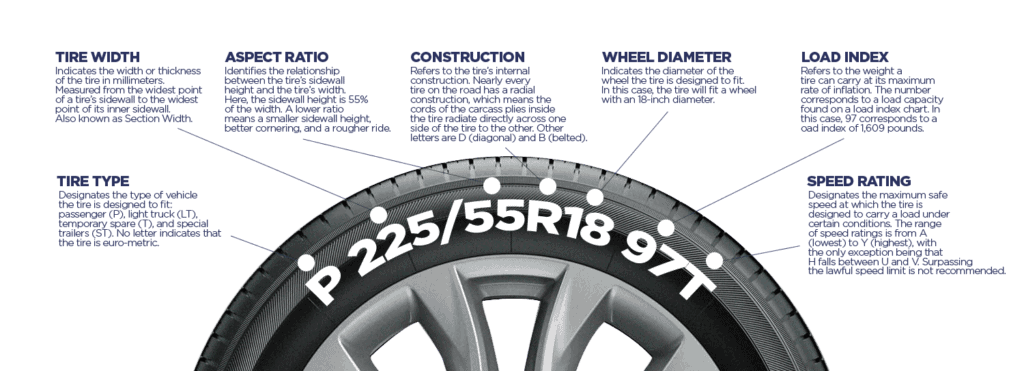 Those who found the Soviet and perestroika periods remember firsthand the spare wheels in the interiors of city buses, I myself recall with horror how I had to drive in the salon of a sanitary loaf, where an unsecured spare wheel lay on the floor in front of the rear doors. Of course, who likes to lie in the mud, after all, the spare wheels usually hang in the most polluted places in the car. In addition to dirt, inconvenient access to the spare wheel is added, for example, it can be blocked by side anti-roll bars, or lie on the roof of a garbage truck under a layer of icy snow. There is really no room for repairs on our roads. Asphalt roadside - from the realm of fantasy, federal highways with one lane in each direction, what we call "fortified roadside", holds only after a good drought, very often the acceleration and deceleration lanes at interchanges are occupied by trucks. And this is in the summer, it’s better not to remember about the winter at all. The spare wheels themselves are sometimes in such a deplorable state that, given all the above difficulties of replacing a wheel in the field, it’s better not to install them at all, they won’t reach the nearest tire fitting, not like Moscow or Kazan.
Those who found the Soviet and perestroika periods remember firsthand the spare wheels in the interiors of city buses, I myself recall with horror how I had to drive in the salon of a sanitary loaf, where an unsecured spare wheel lay on the floor in front of the rear doors. Of course, who likes to lie in the mud, after all, the spare wheels usually hang in the most polluted places in the car. In addition to dirt, inconvenient access to the spare wheel is added, for example, it can be blocked by side anti-roll bars, or lie on the roof of a garbage truck under a layer of icy snow. There is really no room for repairs on our roads. Asphalt roadside - from the realm of fantasy, federal highways with one lane in each direction, what we call "fortified roadside", holds only after a good drought, very often the acceleration and deceleration lanes at interchanges are occupied by trucks. And this is in the summer, it’s better not to remember about the winter at all. The spare wheels themselves are sometimes in such a deplorable state that, given all the above difficulties of replacing a wheel in the field, it’s better not to install them at all, they won’t reach the nearest tire fitting, not like Moscow or Kazan.